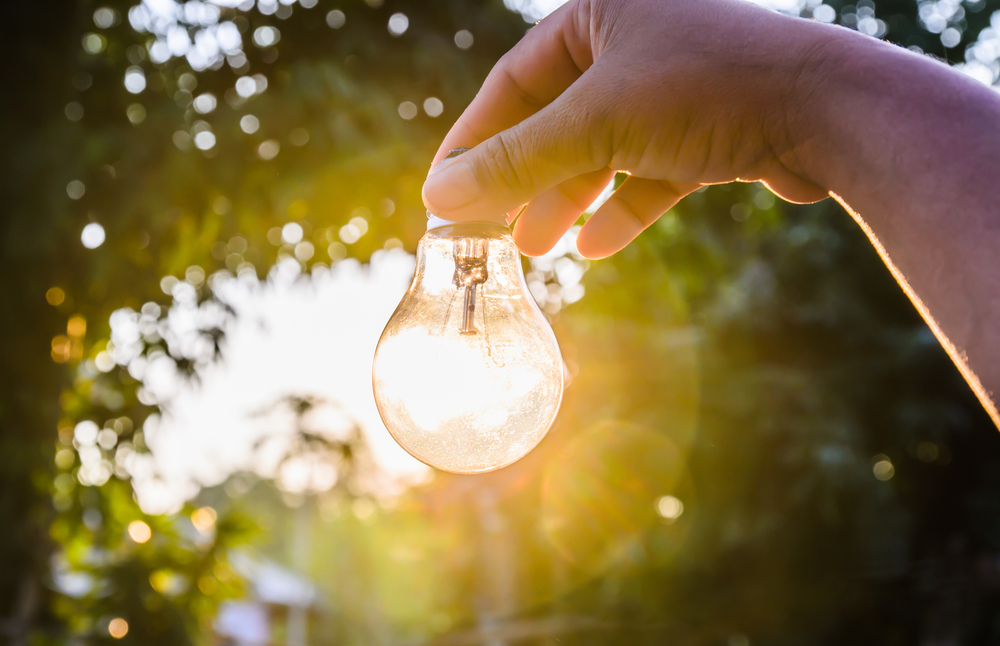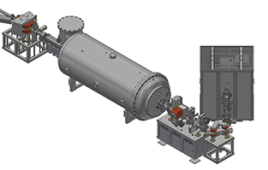
Caption: Researchers have learned more about the water-splitting process that could lead to abundant solar energy.
Scientists have tapped cobalt as the metal that could help split water and produce a new way to create solar fuels.
Researchers from the U.S. Department of Energy’s Argonne National Laboratory and Harvard University have found for the first time a crucial step in splitting water molecules into two atoms of hydrogen and one of oxygen that may bring an abundant amount of solar energy using a cobalt catalyst.
“Essentially, it allows you to have a focused snapshot, as opposed to just seeing a chemical blur,” Argonne postdoctoral researcher and co-first author of the study Ryan Hadt said in a statement. “It’s important that we determine the characteristics of the catalyst on the timescale the electrons are moving.
“Cobalt oxygen-evolving catalysts are the active components in technologies like artificial leaves and other materials in which you can harvest light to drive the synthesis of solar fuels,” he added.
The water-splitting reaction has two halves, where the first half—water oxidation—requires the transfer of four protons and four electrons and needs a cobalt catalyst to form an oxygen-oxygen bond.
However, scientists do not have a firm grasp of this process because the transfers and the formation of the bond happens in less than a billionth of a second.
The researchers were able to perform X-ray absorption spectroscopy measurements to understand the nuances of the bonding action and found that at the beginning of the process a bridge of two oxygen atoms connects with two cobalt ions that are connected with their own water molecules.
The process is enabled when the cobalt ion adds an additional positive charge, temporarily increasing an oxidation state from three to four.
This begins when two cobalt ions with an oxidation state of four come into contact as charge transfers cause the hydrogen atoms of the water molecules to dissociate from their oxygen bonds, leaving the cobalt atoms bonded just to oxygen ions.
The cobalt centers then each receive an extra electron from the newly exposed oxygen atoms to form a bond between the two oxygens.
This creates a molecular intermediate stage called a peroxide which can be rapidly oxidized to release a dioxygen molecule and the electrons obtained from water in this process can be used to make solar fuels.
The researchers directly measured the cobalt oxidation states and calculated the exchange coupling—a quantum mechanical value that identifies the relationship between the spins of the electrons that are shuttled between the oxygen and the cobalt atoms.
This showed that the electrons spins are in opposite directions and are antiferromagnetically coupled.
“Antiferromagnetism plays an important role in the formation of the oxygen-oxygen bond as it provides a way to simultaneously transfer two electrons to make a chemical bond,” Hadt said.
The study was published in the Proceedings of the National Academy of Sciences of the United States of America.




